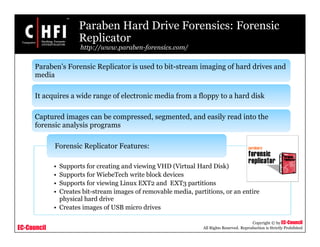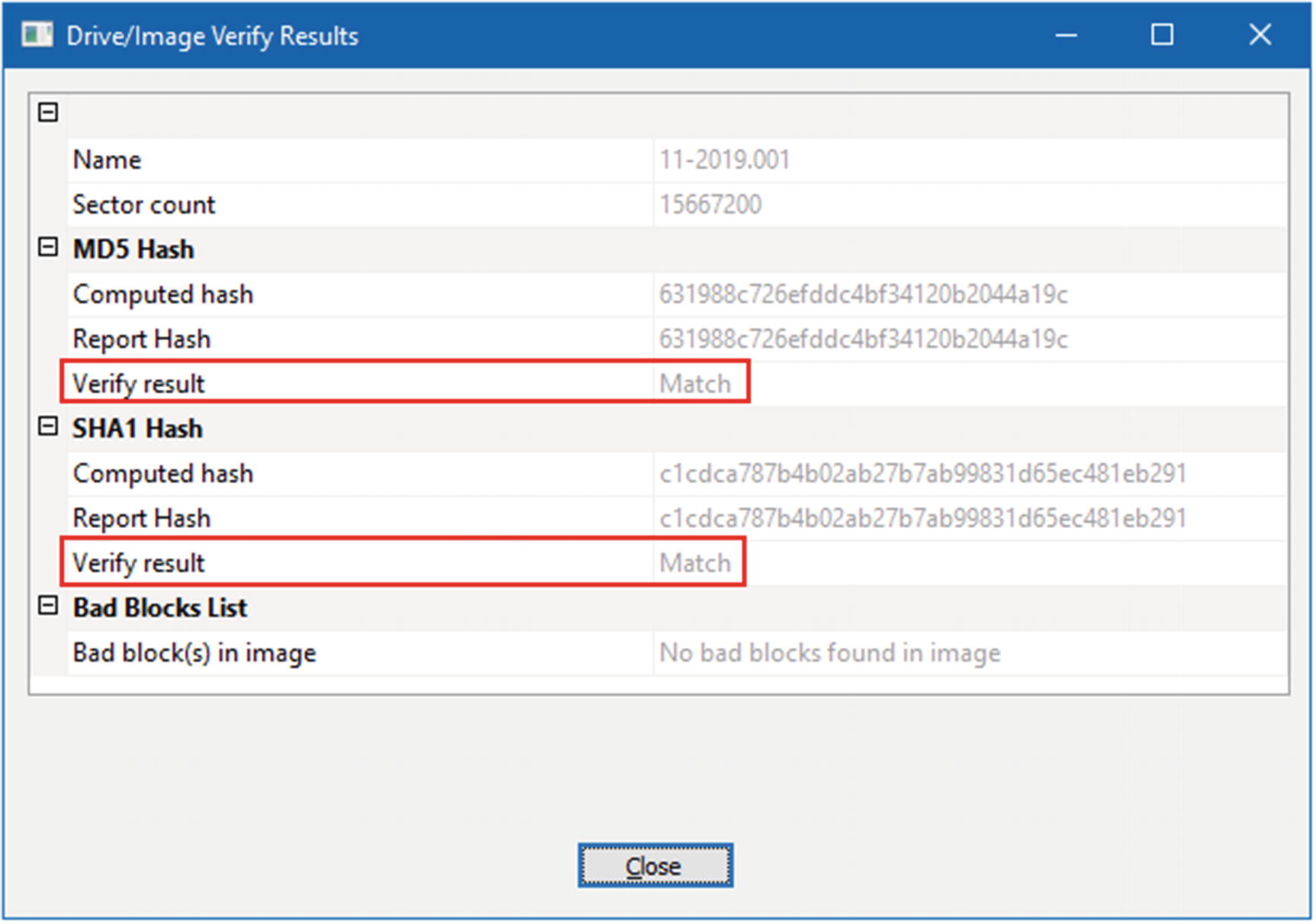

- #Prodiscover forensics serialz serial
- #Prodiscover forensics serialz portable
- #Prodiscover forensics serialz pro
- #Prodiscover forensics serialz zip
- #Prodiscover forensics serialz windows
In the Pro edition of OSForensics the information sets can be customized with support for calling additional third party system information gathering tools and adding their output to the report. The System Information module displays detailed information about the core components of the system including but not limited to:
#Prodiscover forensics serialz portable
The types of devices which can be detected include USB Flash Drives (UFDs), Portable Hard Disk Drives and external USB-connected devices such as DVD-ROM drives.
#Prodiscover forensics serialz serial
OSForensics can display the details of USB devices which have been recently connected to the computer, providing information about the last connection date and device information such as Manufacturer Name, Product ID and Serial Number.
#Prodiscover forensics serialz windows
The data which can be tracked by OSForensics includes (but isn’t limited to) files accessed in Microsoft Office applications, Microsoft Wordpad, Microsoft Paint, Microsoft Media Player, Windows Search, Connected Network Drives and the Windows Run command. OSForensics can retrieve data about recently accessed applications, documents, media and network shares by scanning locations in the registry which store a user’s Most Recently Used (MRU) lists. The table below shows which items can be retrieved from commonly used web browsers using OSForensics’ Recent Activity module: OSForensics helps you uncover web browser activity from users such as browsing history, cookies and stored usernames from web browsers. This is especially useful for identifying trends and patterns of the user, and any material or accounts which which have been accessed recently.

OSForensics scans your system for evidence of recent activity, such as accessed websites, USB drives, wireless networks, recent downloads, website logins and website passwords. OSForensics can track down this ghost file data and attempt to restore it back to useable state on the hard drive. This allows for a fast text content search of any emails found on a systemĪfter a file has been deleted, even once removed from the recycling bin, it often still exists until another new file takes its place on the hard drive. The indexing process can open and read most popular email file formats (including pst) and identify the individual messages. OSForensics can also perform analysis of files to determine their file type if they are lacking file extensions.Īn additional feature of being able to search within files is the ability to search email archives.
#Prodiscover forensics serialz zip
This includes: DOC, PDF, PPT, XLS, RTF, WPD, SWF, DJVU, JPG, GIF, PNG, TIFF, MP3, DWF, DOCX, PPTX, XLSX, MHT, ZIP and more.


OSForensics can index the content of a huge variety of file formats. Exclusion searches (aka negative searches) With powerful pre-indexed searching capabilities offering full-text searching of hundreds of file formats, OSForensics offers: OSForensics™ includes one of the fastest and most powerful ways to search within the contents of all the files on a hard disk, powered by the acclaimed Wrensoft Zoom Search Engine. This includes the Timeline View which allows you to sift through the matches on a timeline, making evident the pattern of user activity on the machine. Results are returned and made available in several different useful views. You can search by filename, size, creation and modified dates, and other criteria. Do this for both files found on the hard drive or directly from active memory of processes running on the system. Extract text strings from binary data allowing you to find text hidden in otherwise unreadable chunks of information. This can help locate “ Dark Data” that the user has tried to concealīy making a record of the details of the files on a hard drive a comparison can be then done at a later date to find out what has been changed. This identifier can be used both to verify a file has not been changed or to quickly find out if a file is part of a set of known files.īy looking at the contents of a file OSForensics can identify what kind of file it is and then figure out if the file has an incorrect extension. Using advanced hashing algorithms OSForensics can create a digital identifier that can be used to identify a file. OSForensics Extract forensic data from computers, quicker and easier than ever. OSForensics provides one of the fastest and most powerful ways to locate files on a Windows computer.


 0 kommentar(er)
0 kommentar(er)
